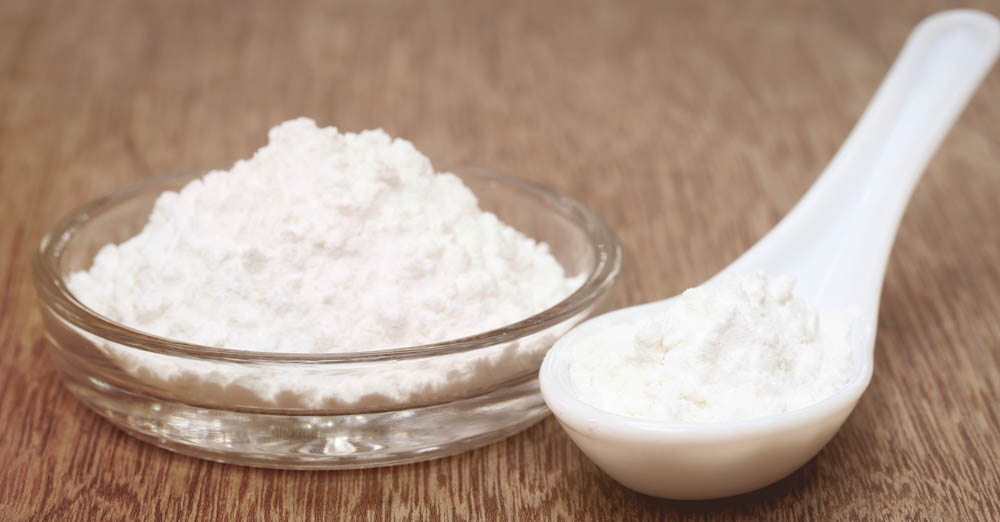Recently updated on: June 28th, 2022
What is ribose?
Ribose (d-ribose) is a simple sugar, naturally produced by the human body. It forms white crystals and is very well soluble in water and ethanol. It is a component of nucleic acids: the ribonucleic acid (RNA) and the deoxyribonucleic acid (DNA), which regulate the development, growth, division and correct functioning of cells, as well as carry genetic information and adenosines. It is used in the production of adenosine-5’-triphosphate (ATP), i.e. cell mitochondrial energy. ATP is the primary source of energy in the body.
D-ribose is used in the production of 5-phosphoribosyl-1-pyrophosphate (PRPP), which regulates the path of purine nucleosides (PNP). Without adequate supply of ribose, PRPP slows down energy production and reduces regenerative potential of the body. Combined supplementation of creatine and d-ribose enhances the efficiency of fast ATP and ADP (adenosine diphosphate) conversion, and increases the energy level in muscle cells as well as the quantity of oxygen and energy needed for the heart and muscles.
In terms of the manner of its production, d-ribose may be classified as the so-called vitamin-like substance, because some of it is made by the body itself: in the liver, adrenals, heart, brain, muscles and the nervous system tissues. The remaining part should be provided with food.
Properties of ribose
By supplementing cell energy deficiencies caused by ischemia, ribose has a beneficial effect on good condition of the heart. It also improves general heart functioning. Pre-clinical studies have shown that d-ribose improves restoration and maintenance of the required ATP levels, as well as mitigates the diastolic left-sided heart failure following ischemia.
Used orally, d-ribose may help with better sleep, higher energy levels and general wellbeing. A pilot study has shown that the sugar has a significant alleviating effect in the chronic fatigue syndrome and fibromyalgia (chronic soft tissue rheumatic disease of non-inflammatory etiology).
D-ribose also supports physical activity as well as helps with the symptoms of adenosine deaminase deficiency (a metabolic muscle disease causing ATP reaction disruptions in muscle cells).
Furthermore, it accelerates regeneration of ATP, whose production slows down with age. Ribose may therefore show skin antiaging properties as well. A study showed an overall decrease in wrinkles after 28 days.
Ribose – side effects
Ribose may cause side effects, such as digestive issues, diarrhea, nausea and headaches. It does not raise glucose blood levels. However, to avoid too low a glucose blood level, ribose is not recommended for persons with hypoglycemia or diabetes.
Moreover, ribose may interact with antidiabetic medications, insulin, as well as alcohol and aspirin. A physician should be consulted before d-ribose supplementation is to be started by pregnant or breastfeeding women.
Summary
D-ribose may have a beneficial effect on human body. However, prior to starting any supplementation regime, physician’s advice should be sought in view of the potential side effects.
Literature:
http://www.zeszyty.awf.katowice.pl/pdf/vol%2021/07%20kozuszko.pdf
https://draxe.com/nutrition/ribose/
https://nootriment.com/pl/d-ribose-side-effects/


